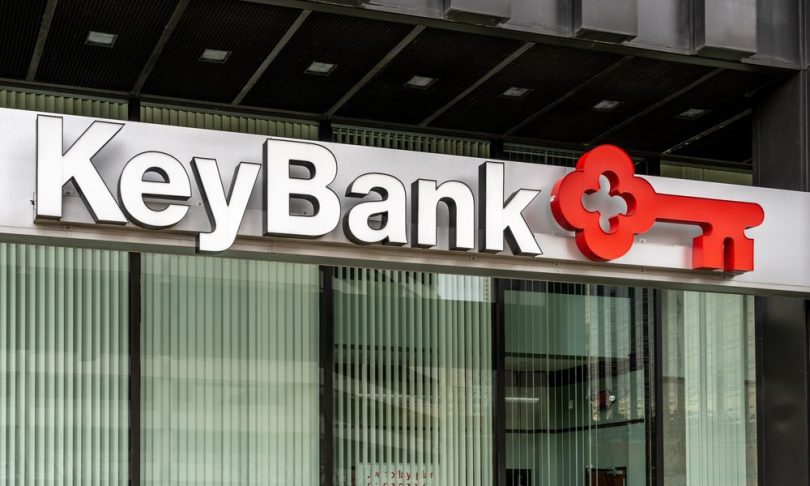[ad_1]

Embedded finance helps businesses reduce the risk of fraud and expands support for consumers’ preferred payment methods. In the “Embedded Finance Tracker®,” KeyBank’s Bennie Pennington tells PYMNTS how this technology is allowing merchants to offer more cohesive end-to-end services to their customers.

In today’s digital-first landscape, consumers are increasingly turning first to digital payment channels to purchase the goods and services they want. The appeal of these channels is largely tied to convenience, as many consumers find it quicker and easier to pay digitally than with traditional, physical payment methods. Despite the convenience of digital payments, consumers frequently face barriers to transacting digitally.
“Consumers face several challenges in making consistent digital payments,” Bennie Pennington, vice president of embedded banking and integrated payments at KeyBank, told PYMNTS in a recent interview.
He identified three primary challenges consumers face when trying to make digital payments. These include merchants’ lack of adoption of the latest digital payment acceptance tools, such as contactless functionality, as well as a lack of support for consumers’ preferred payment methods. Finally, the continued rise in the number — and scope — of data breaches and fraud reflects the difficulties consumers face in keeping their sensitive payment credentials safe and secure at the places where they shop.
Pennington explained how embedded banking effectively addresses each of these challenges and how KeyBank is leveraging embedded solutions for its customers.
How Embedded Banking Fits Into the Equation
Embedded banking allows businesses to offer integrated payment and reconciliation services as part of their main software platforms, thereby streamlining day-to-day business operations. When implemented correctly, it allows companies to offer more cohesive end-to-end services to their customers. For consumers, embedded banking means offering them the latest digital access to their payment cards and credentials, as well as instant ways to track balances and transaction histories.
“Embedded banking means leveraging technology and partnering with software companies that facilitate innovation to power smoother, more integrated payment services for businesses and consumers,” Pennington said.
Top Five Embedded Banking Use Cases
Though there are myriad use cases for embedded banking, Pennington identified the five most important, all of which KeyBank currently offers or will offer soon.
• Offering businesses solutions they need to accept any type of digital or analog payment. These could be payment gateways, electronic invoicing and payments, lockbox services, treasury management systems or anything in between.
• Enabling software companies to become payment companies. Embedded banking gives software companies the merchant payment gateways, onboarding tools and risk management tools necessary for them to grow into independent software vendors or payment facilitators to better serve their clients.
• Offering digital integration of accounts receivable and accounts payable technology. This could consist of payment application programming interfaces (APIs) that businesses can code for payment initiation or to get an intraday balance update. Alternatively, it could be a plugin that allows businesses to send and reconcile payments from within their accounting and enterprise resource planning systems.
• Providing digital ledgering services. This allows businesses to have multiple settlement accounts for various entities within their operations, all tied to a single demand deposit account, which simplifies the managing of overall cash position and provides better visibility and control through granular reporting — all delivered via digital tools.
• Providing digital disbursement solutions. This allows a client to push money out to businesses or consumers via virtual cards, back to a debit card or even to a peer-to-peer wallet.
Embedded Banking Is Not the Future of Banking: It Is the Present
When asked about how important embedded banking will be in the future of banking, Pennington stressed that the question fundamentally misses the current state of the banking industry.
“Embedded banking is not the future of the banking industry: It’s [already] here,” he noted.
He explained that KeyBank currently wants the businesses and consumers it works with to be able to take their banking and payment capabilities with them, not just on mobile devices but also on any third-party software or tools that they regularly access. The goal is to make payments as convenient, secure and flexible as possible.
“The future is about seeing how many new use cases, industries and payment channels that digital payments can be applied to,” said Pennington.
https://www.pymnts.com/news/banking/2022/embedded-finance-expands-payments-options-reduces-merchant-risk-says-keybank/partial/
[ad_2]
Source link








